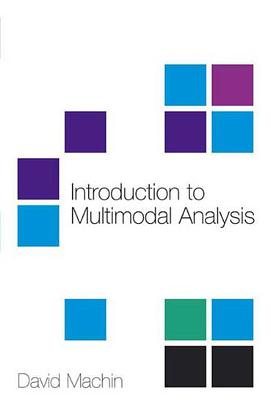

A researcher's decision about the sample to draw in a study may have an enormous impact on the results, and it rests on numerous statistical and practical considerations that can be difficult to juggle. Computer programs help, but no single software package exists that allows researchers to determine sample size across all statistical procedures. This pocket guide shows social work students, educators, and researchers how to prevent some of the mistakes that would result from a wrong sample size decision by describing and critiquing four main approaches to determining sample size. In concise, example-rich chapters, Dattalo covers sample-size determination using power analysis, confidence intervals, computer-intensive strategies, and ethical or cost considerations, as well as techniques for advanced and emerging statistical strategies such as structural equation modeling, multilevel analysis, repeated measures MANOVA and repeated measures ANOVA. He also offers strategies for mitigating pressures to increase sample size when doing so may not be feasible. Whether as an introduction to the process for students or as a refresher for experienced researchers, this practical guide is a perfect overview of a crucial but often overlooked step in empirical social work research.
具体描述
读后感
评分
评分
评分
评分
用户评价
相关图书
本站所有内容均为互联网搜索引擎提供的公开搜索信息,本站不存储任何数据与内容,任何内容与数据均与本站无关,如有需要请联系相关搜索引擎包括但不限于百度,google,bing,sogou 等
© 2025 book.wenda123.org All Rights Reserved. 图书目录大全 版权所有




















